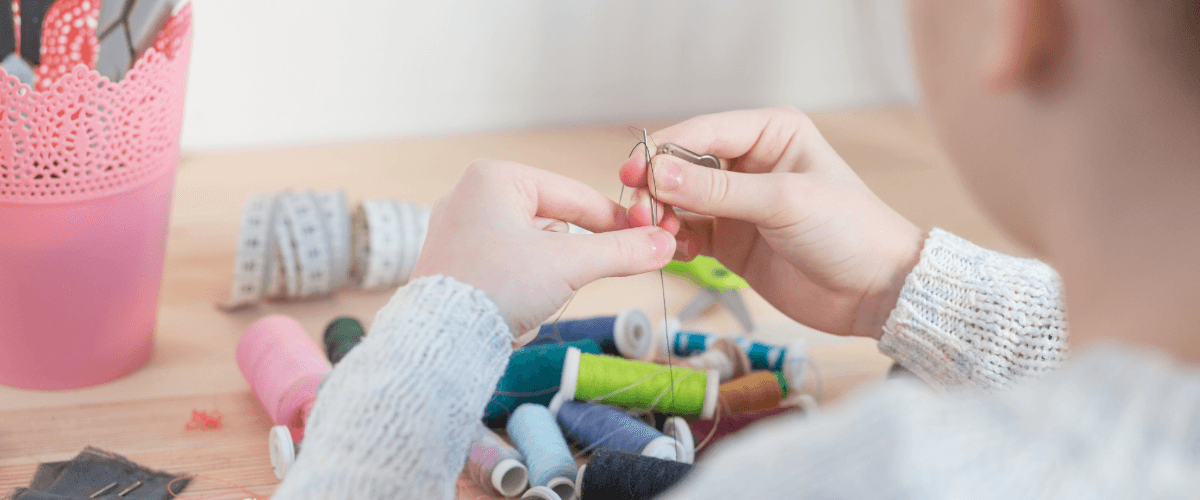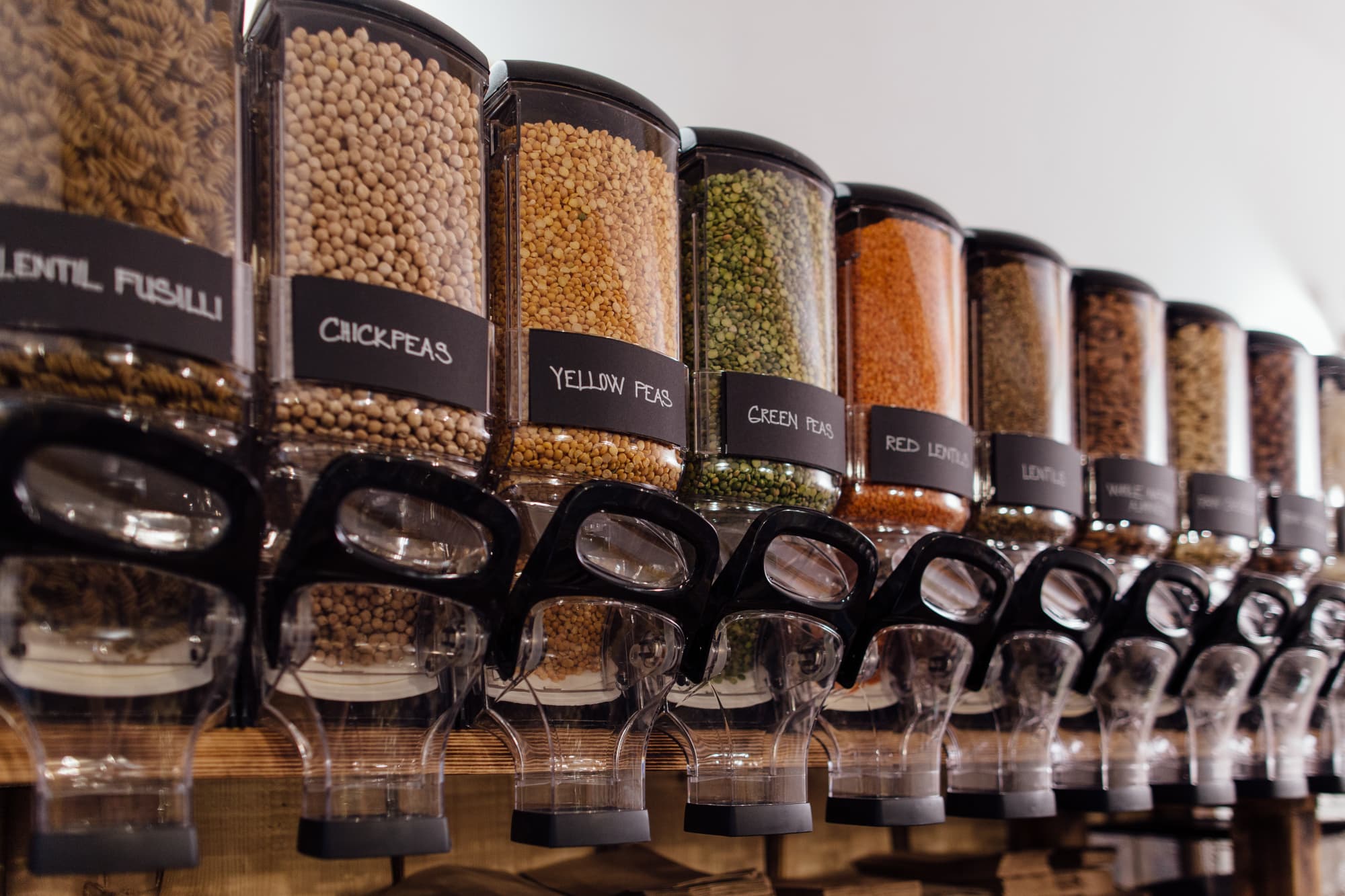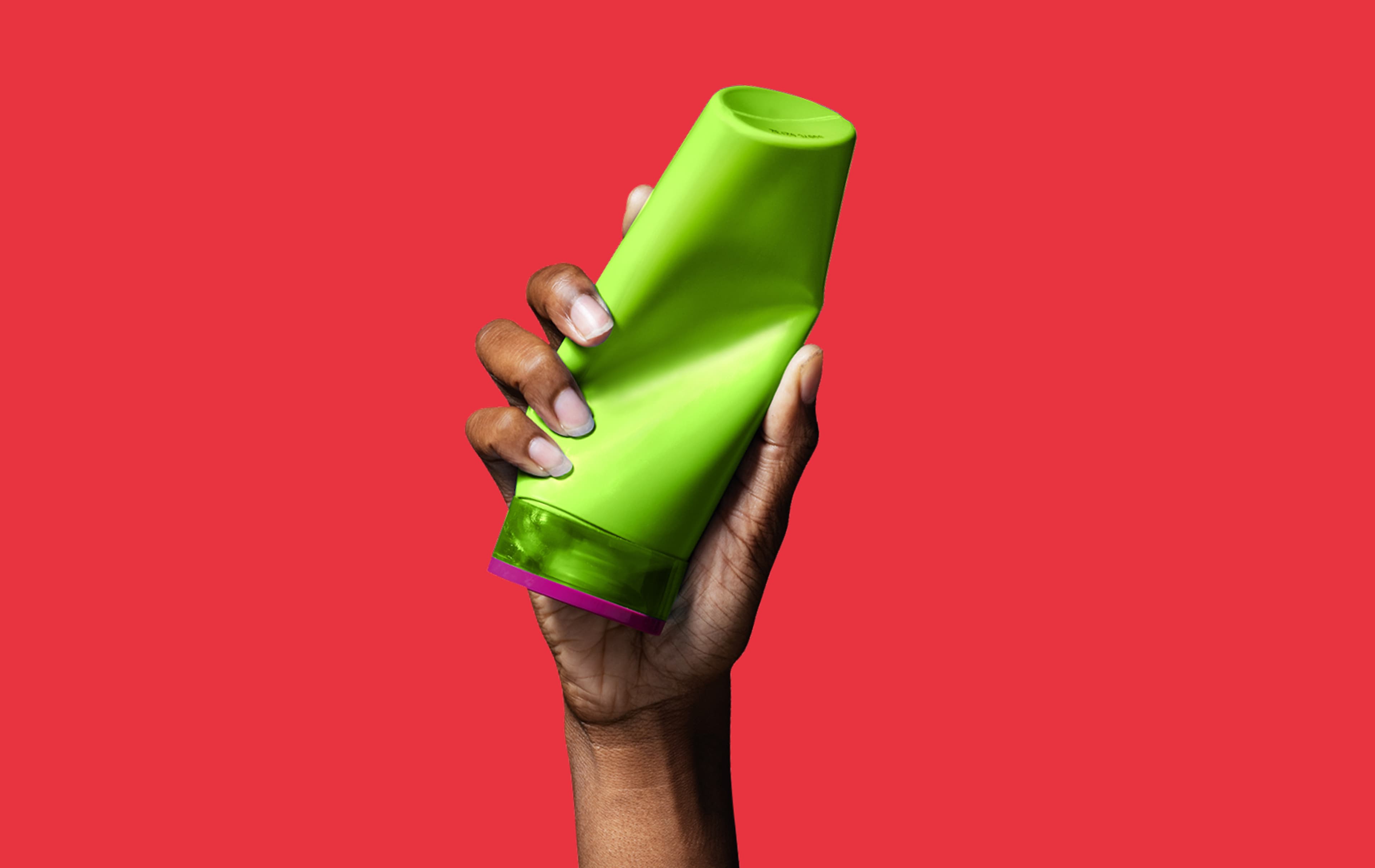Here in Wales we’re making great progress at working towards the ambitious target of becoming a zero-waste nation by 2050, with 95% of us already keen recyclers. But to make zero waste a reality, we’ll have to add a few more ‘Rs’ to our routine – not just recycling, but reducing and reusing as well.
Reducing the materials we buy and keeping things in circulation for as long as possible reduces our reliance on new materials and reduces the amount of waste generated in the first place. A 2021 BIT survey from the Welsh Government found that of 8,000 people questioned, 79% are willing to repair and re-use materials – so without further ado, here’s how to do it!
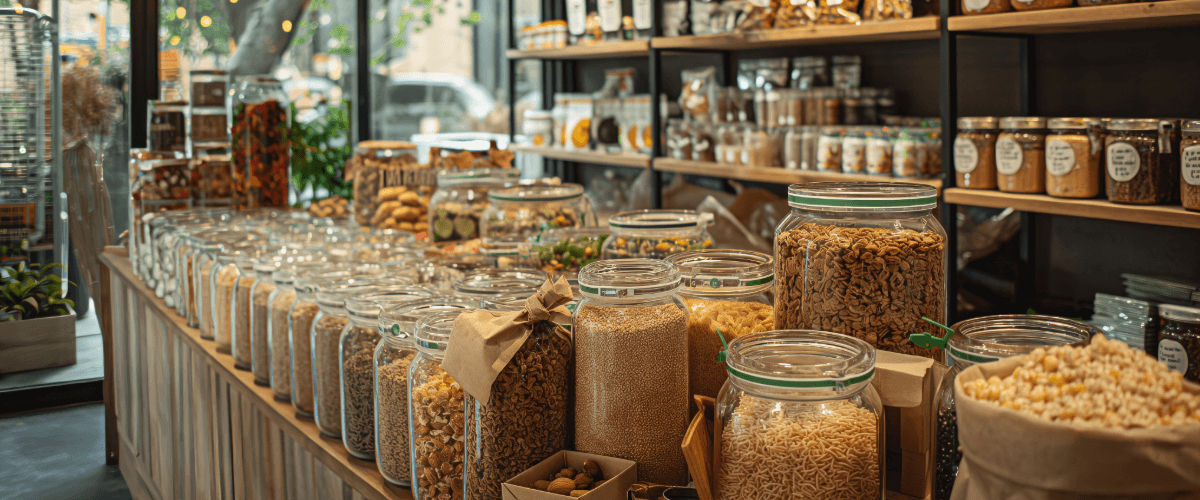
Reduce
Zero-waste shopping reduces packaging by giving you the chance to refill and reuse containers you already own. Buying some food items and toiletries from zero-waste shops also saves money, at the same time as protecting the planet – result!
You’ll typically find dry foodstuffs like pasta, rice, pulses and flour at these shops, and some offer things like olive oil and oat milk. And it’s not just food – you’ll probably find detergents such as washing up liquid and washing powder on offer, so bring plenty of empty tubs and bottles to refill!
Reducing the amount of food waste your household generates is also a great way to save money and protect the planet. Careful meal planning, portion sizing and using up leftovers will all help make your food go further, and you’ll find lots more advice on this from our sister brand at Love Food Hate Waste.
Reuse
There are lots of ways to embrace the concept of ‘reuse’, and lots of great reasons for doing so! Buying second hand keeps objects in use, keeping them out of landfill and recycling centres and living a useful life. According to WRAP’s recent Reduce, Reuse, Repair Survey, the chances are you’re already buying second hand when it comes to bulky things like furniture and leisure equipment such as bikes and scooters. The survey found that 21% of us are likely to buy the latter second hand, and 15% of us are already up for buying pre-loved furniture.
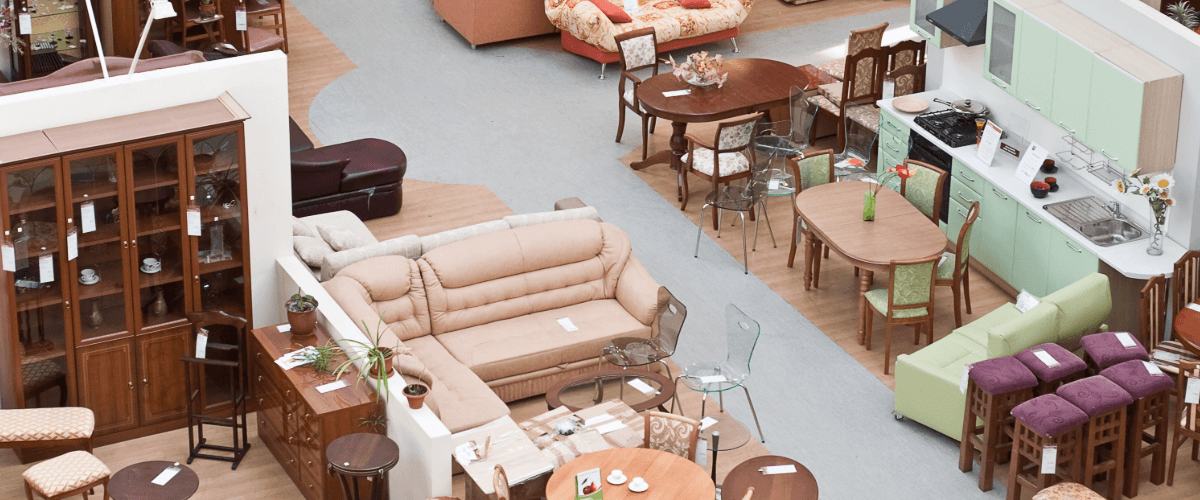
Furniture is a great place to start when looking for ways to reuse rather than buying new. From handed-down family pieces to upcycled IKEA, it can help you furnish your home on a budget – you might even get your hands on a piece of furniture you wouldn’t have been able to afford new! Check out your local charity shops or the store at your nearest recycling centre to see what bargains you can find, or scan the likes of eBay or Facebook Marketplace to find local sellers.
Clothing is another area where you can buy second hand, helping to counter the harmful environmental effects of so-called ‘fast fashion’. Why not choose pre-loved clothing when you’re treating yourself to something new for a summer festival, wedding or Christmas party? Pre-loved clothing can often be great quality, unique and stylish, at a fraction of the cost.
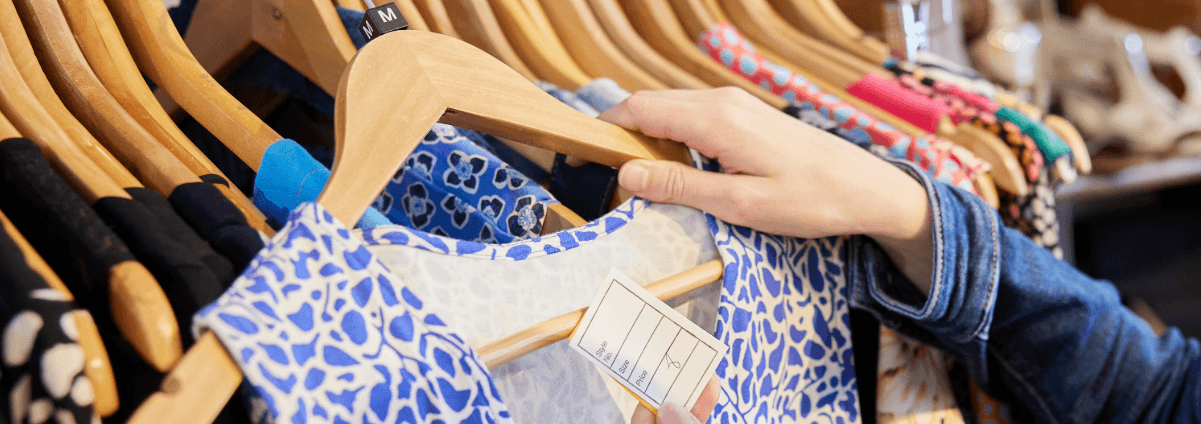
Remember, you can also donate clothes you no longer need to charity so that others can reuse them – or sell them on sites such as Vinted to make a bit of extra pocket money while keeping them in circulation.
Upcycling
Upcycling is your ally when it comes to reusing. If you’re feeling creative, upcycling clothes or furniture can be a fun way to conjure up a new outfit or piece of furniture. By transforming tired items into things you can reuse for years, you’ll prolong the item’s life and prevent it being thrown away or sitting around not being used. Not only does this give you a creative project, but in the process of creating something unique, you’re also reducing your carbon footprint and saving money! It’s a win-win. Want to give old clothes a new lease of life? Here are our top upcycling tips for creating whole new outfits from what you already own, or making use of clothes that have gone past the point of being repairable.
Sew on new buttons, sequins or patches – never underestimate the power of sequins! Sewing on colourful, quirky buttons, patches or shiny things like sequins adds instant interest to a tired garment, and takes very little in the way of sewing skills.
Turn trousers into shorts – snipping the legs off a pair of old trousers or jeans gives you an instant new pair of shorts with zero effort or expense.
Dye your clothes a different colour – is that baby pink no longer working for you? No need to buy a whole new shirt – just dye it!
Cut up old clothes – if your clothes are so full of holes that they’re beyond repair, don’t despair! Cut them up and use them as cleaning clothes, sew them together into a patchwork bed covering, sofa throw, dog bed or blanket, or create a tote bag for your shopping. You could even use them to create a unique gift wrap for birthday presents.
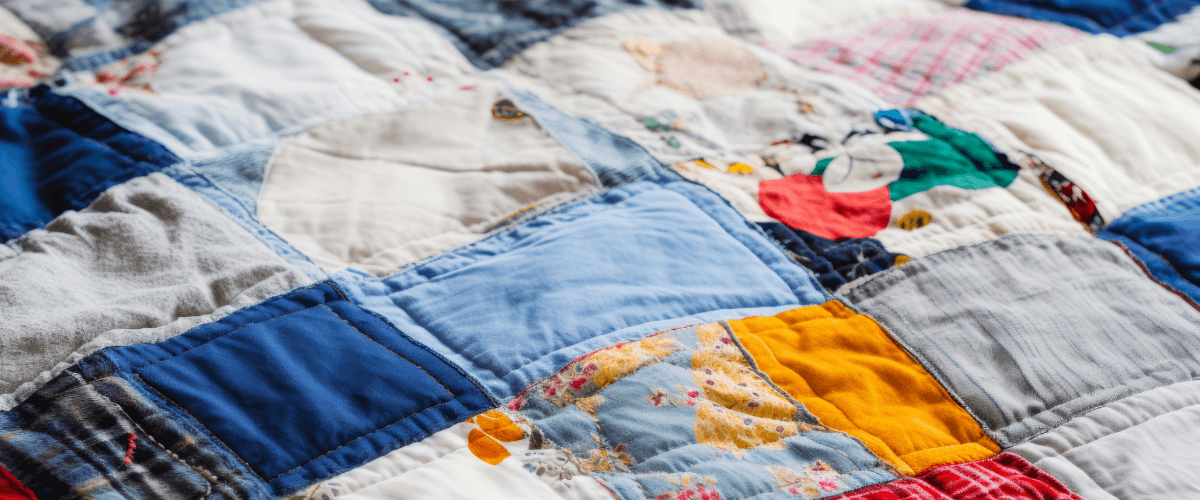
Furniture also makes for a fun upcycling project and one that can transform the look of a room with very little expenditure needed. Grab a tin of paint and some masking tape, brush up on the basics of preparing a surface for painting and get ready to turn that orange pine bookshelf into a thing of beauty! You can even sand down the paint at the corners to give it a distressed, ‘shabby chic’ look. Alternatively, why not transform cupboard doors and drawers by giving them some new handles? Reducing and reusing is the new ‘make do and mend’, and when you can have lots of fun and save money as well as giving the planet a helping hand, it’s a no-brainer. So come on, Wales – let’s get creative and make zero waste a reality!
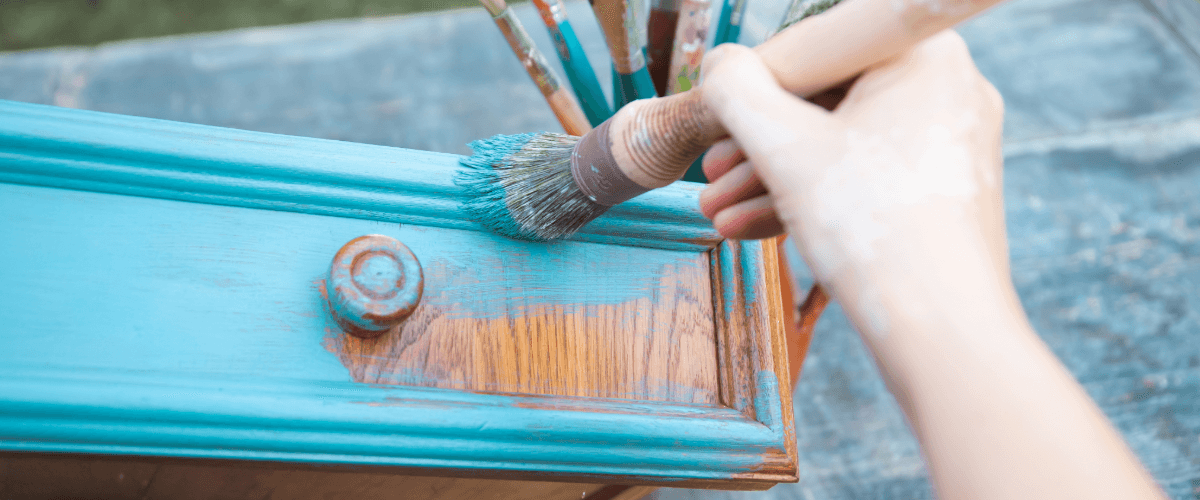
Good to know
Zero waste shops are opening up all over Wales. You can buy your food at local zero waste shops, where you can take containers and refill them with as much or as little as you like. Some zero waste shops have free donated jars you can use if you don’t have containers at home.
Make sure you store your food correctly and always use leftovers for new recipes. To find out useful tips on the storage of food, tantalising recipes and advice on portioning and meal planning, visit Love Food Hate Waste
